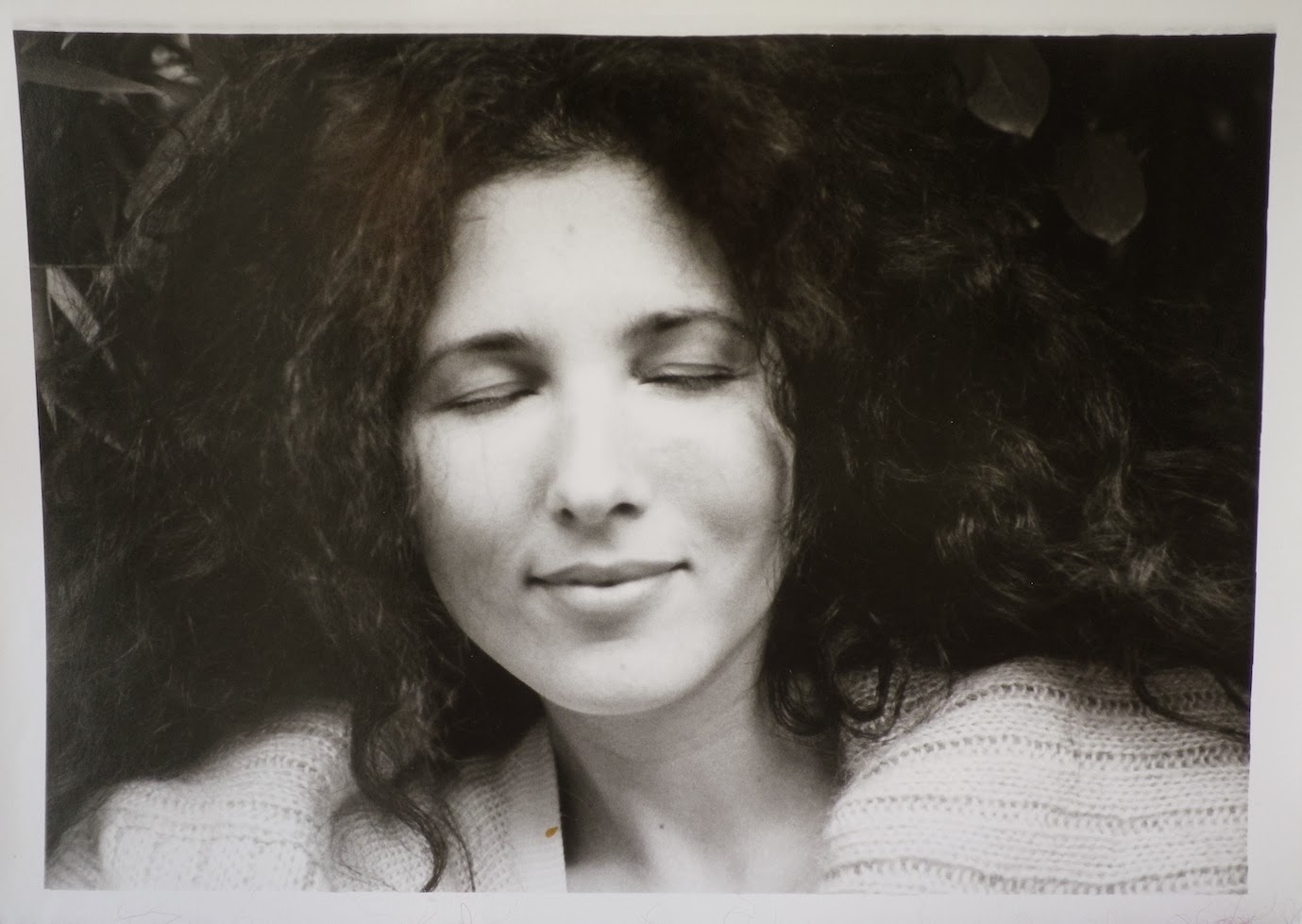(The French version of this post is actually a bit longer... when I translated it from the English, I found I had more things to say. And there are more pictures, including a drawing of a tree that looks a bit like Pina Bausch to me :o)
One of my favourite aspects of living in Montreal (along with its truly welcoming personality) is that each of its four seasons allows you to travel in space, as well as in time.
One of my favourite aspects of living in Montreal (along with its truly welcoming personality) is that each of its four seasons allows you to travel in space, as well as in time.
Spring, for instance, visits us briefly during the first two weeks of May – until then all the trees are still bare – and it is bewitching in a way that I have never experienced in Europe. It takes you to a kind of Lórien where Maple trees rule the city, overwhelming the streets with fragrant bouquets of tiny, yellow-green flowers.
 |
| You can almost see them opening up. |
Montreal
summers are tropical in many ways, including the relaxed atmosphere, and the
fact that even a single sheet is too warm on your skin at night, with windows
wide open. Then as soon as mid-September (usually), autumn brings a
mountain-like quality to the air and light; warm, golden afternoons alternate
with crisp, clear nights.
 |
| This radiance of bright-coloured leaves is quite ephemeral and dream-like, too. |
In winter,
it’s like Scandinavia here (everybody’s sliding, cross-country skiing, skating
or snowshoeing, even in the heart of the city), except we get as many hours of
daylight as people in Bordeaux, France, being on the same latitude. Which is
nice, particularly when the sky is such a deep blue, and temperature regularly
drops to - 22 C several days in a row, usually with a - 28 C wind chill (- 18
F).
I have been
attracted to Scandinavian countries – winters, summers, spirit, and languages included – since I
was maybe twelve or so... Walking through wide expanses of glimmering snow, or
even seeing skaters in every park, still feels to me like traveling to a lovely
foreign place.
 |
| In Parc Lafontaine. |
Even at
home, since I can’t afford to heat much, I layer woollen sweaters and skirts in a
Scandinavian kind of outfit, complete with striped socks, mittlets, and knitted pointed hat :o)
 |
| In a Swedish garden... |
 |
| Love this little cape. |
By mid-February, however, I often find myself longing for summer, as I long for a friend I haven’t
seen in months, and miss dearly. I need to be hugged by the warm wind, I want
to offer my bare legs and shoulders to its touch, and to ride my bike
everywhere.
Also, I miss my friends the trees – whose crown is revealed in intricate detail on the winter sky – because I can’t have my usual happy conversations with them. Half asleep, they are patiently enduring the cold and stillness.
 |
| Roots criss-crossing on the surface: a common sight in Montreal parks. |
But the simple sight of these hundreds of Maple buds-in-waiting, right there in the middle of winter, makes me sigh with gratitude, and a secret pleasure.
I guess my
favourite time of the year is June, when everything is still blooming and
pulsing with joy; the days extend well into the evening, and the evenings are
so soft that they make you cry. And yet, it is very
frustrating to have other obligations – like working and sleeping –
distracting me from this pure bliss.
 |
| And don't even get me started on Peonies. |
So I find that I am
most creative and balanced in September… Maybe because it's my birthday month :o)
Do seasons
affect you a lot, in a positive or negative way? Which is your favourite one?

















